How To Record Audio On Facetime?
Recording audio during a FaceTime call can be a useful feature for various reasons, such as preserving important conversations, capturing interviews, or simply keeping a record of memorable moments. However, it's important to note that recording calls without the consent of all parties involved may be illegal in some jurisdictions. Always ensure you have permission before recording any conversation. In this article, we will explore different methods to record audio on FaceTime, discuss the legal considerations, and provide practical tips to ensure high-quality recordings.
Methods to Record Audio on FaceTime

1. Using QuickTime Player on Mac
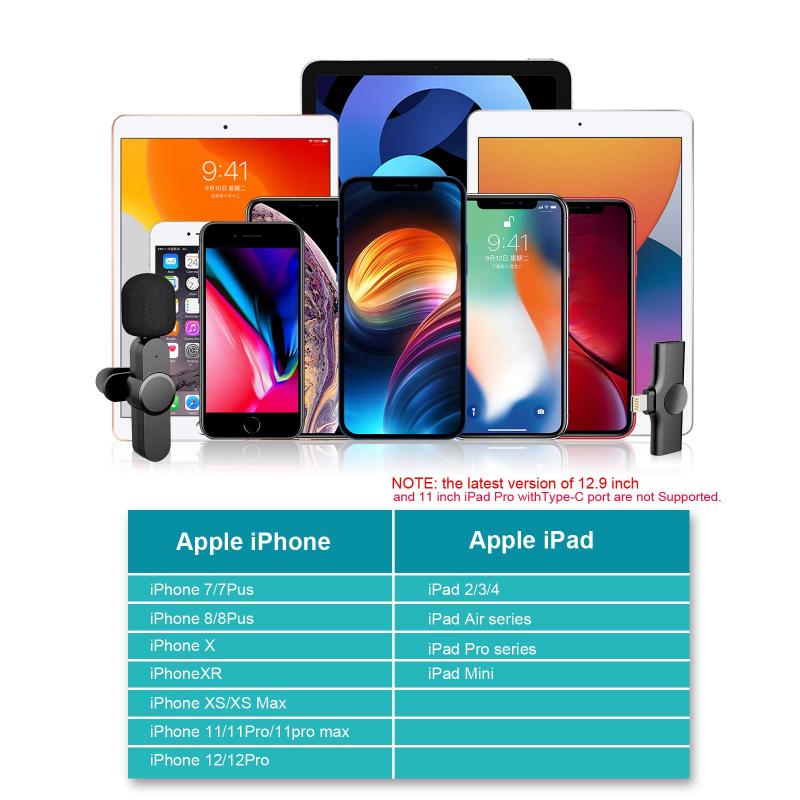
One of the most straightforward methods to record audio during a FaceTime call is by using QuickTime Player on a Mac. QuickTime Player is a versatile media player that comes pre-installed on macOS and includes a screen recording feature that can capture both video and audio.
Steps:
1. Open QuickTime Player: Launch QuickTime Player from the Applications folder.
2. Start a New Screen Recording: Go to `File` > `New Screen Recording`.
3. Select Audio Source: Click the drop-down arrow next to the record button and select the internal microphone or any other audio input device you are using.
4. Start Recording: Click the record button and then select the portion of the screen you want to record. If you want to record the entire screen, click anywhere on the screen.
5. Initiate FaceTime Call: Start your FaceTime call as usual.
6. Stop Recording: Once the call is over, click the stop button in the menu bar to end the recording. Save the file to your desired location.
2. Using Third-Party Apps
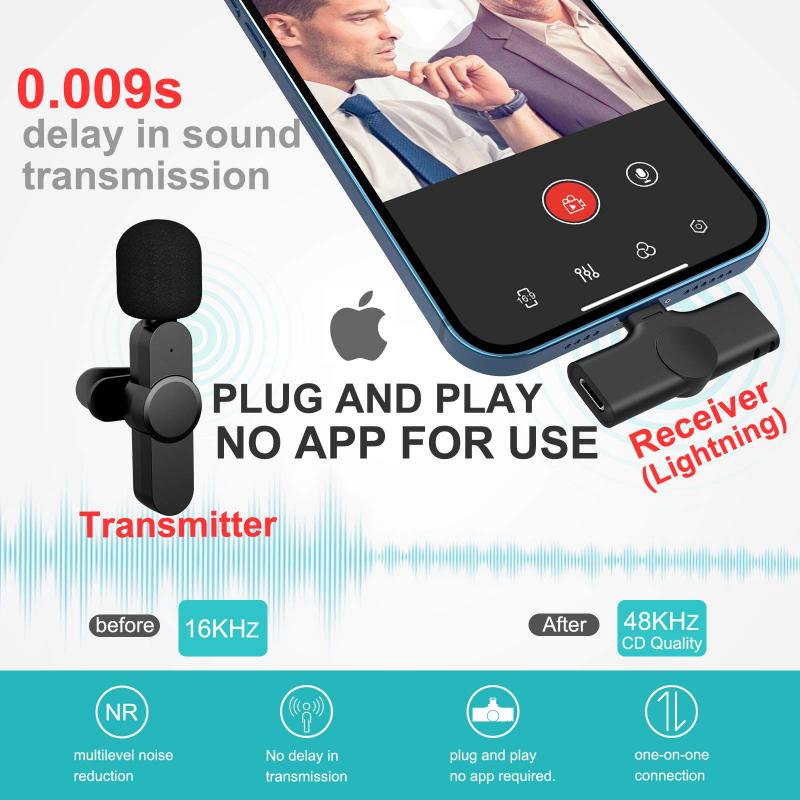
There are several third-party applications available that can record FaceTime calls, both audio and video. Some popular options include:
- Ecamm Call Recorder for FaceTime: This is a paid application specifically designed for recording FaceTime calls. It offers high-quality audio and video recording and provides options to split tracks for better editing.
- Audio Hijack: This is another powerful tool that allows you to record any audio on your Mac, including FaceTime calls. It offers advanced features like audio enhancement and filtering.
Steps:
1. Download and Install the App: Choose a suitable third-party app and install it on your Mac.
2. Configure Audio Settings: Open the app and configure the audio input settings to capture the audio from your FaceTime call.
3. Start Recording: Initiate the recording within the app before starting your FaceTime call.
4. Initiate FaceTime Call: Start your FaceTime call as usual.
5. Stop Recording: Once the call is over, stop the recording within the app and save the file.
3. Using iOS Screen Recording Feature

If you are using an iPhone or iPad, you can use the built-in screen recording feature to capture audio during a FaceTime call. However, this method may not capture the audio from the other party due to privacy restrictions.
Steps:
1. Enable Screen Recording: Go to `Settings` > `Control Center` > `Customize Controls` and add `Screen Recording` to the Control Center.
2. Start Screen Recording: Swipe down from the top-right corner of the screen (or up from the bottom on older devices) to access the Control Center. Tap the screen recording button and ensure the microphone is enabled by long-pressing the button and selecting `Microphone On`.
3. Initiate FaceTime Call: Start your FaceTime call as usual.
4. Stop Recording: Once the call is over, stop the recording by tapping the red status bar at the top of the screen and selecting `Stop`. The recording will be saved to your Photos app.
Legal Considerations
Before recording any FaceTime call, it is crucial to understand the legal implications. Recording conversations without consent can be illegal in many jurisdictions. In the United States, for example, federal law requires at least one party's consent (one-party consent), but some states require the consent of all parties involved (two-party consent). Always check the laws in your area and obtain the necessary permissions before recording any call.
Practical Tips for High-Quality Recordings
1. Use a Good Microphone: If possible, use an external microphone to improve the audio quality. Built-in microphones on laptops and mobile devices may not provide the best sound quality.
2. Minimize Background Noise: Choose a quiet environment for your FaceTime call to reduce background noise and ensure clear audio.
3. Test Before Recording: Do a test recording before the actual call to ensure that all settings are correct and the audio is being captured properly.
4. Inform All Parties: Always inform the other party or parties that you are recording the call and obtain their consent. This is not only a legal requirement in many places but also a matter of courtesy.
Recording audio on FaceTime can be a valuable tool for various purposes, but it requires careful consideration of legal and ethical aspects. By using built-in features like QuickTime Player on Mac or the screen recording feature on iOS, or by opting for third-party applications, you can effectively capture high-quality audio during your FaceTime calls. Always ensure you have the necessary permissions and follow best practices to achieve the best results. With the right approach, you can make the most of your FaceTime recordings while respecting the privacy and rights of all parties involved.




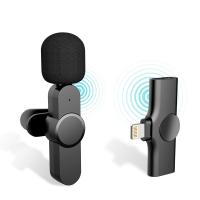

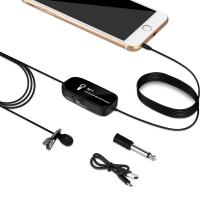


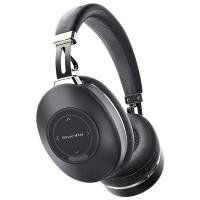
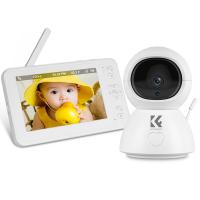






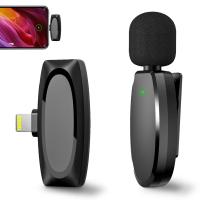



There are no comments for this blog.